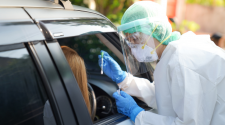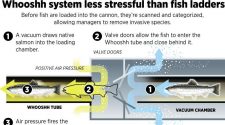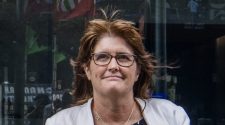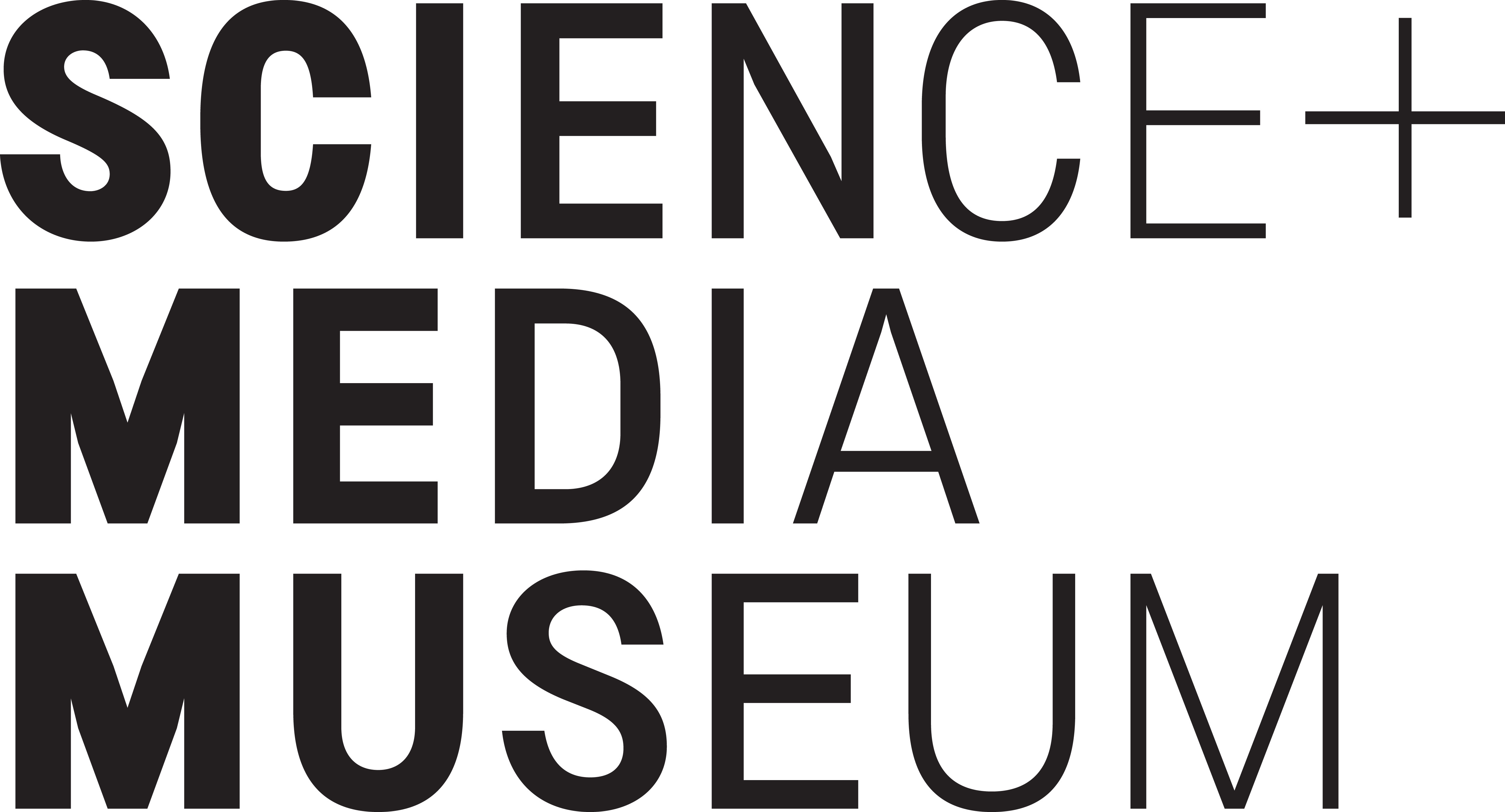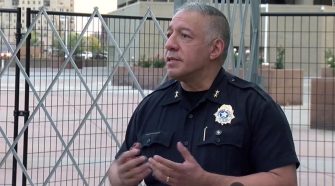A new interactive online exhibition on the fascinating story of sound technology is launching thanks to a collaboration between the National Science and Media Museum in Bradford and the University of Nottingham.
Sonic Futures is a series of three online exhibits which bring objects from the Museum’s Sound Technologies Collection to life, allowing people to experiment and play with sound as well as learning about the evolution of technology.
The exhibits are part of the AHRC-funded Sonic Futures project that has set out to explore how audiences listen to sounds in a museum context and to work with them to create new ways to curate the subject and deliver listening experiences in the future.
From the earliest ‘wireless’ radios and cathode ray TV sets to gramophones and synthesisers, the National Science and Media Museum wants to bring these objects to life and allow audiences to hear sounds that are evocative of past times, bringing historical events back to life through the listening experience.
Highlights of the exhibition includes an innovative new instrument inspired by the BBC’s Radiophonic Workshop where Delia Derbyshire famously created the Dr Who theme tune, and a series of ‘sound postcards’ created during lockdown that can be played on a virtual turntable. The exhibits have been developed as a collaboration between audience volunteers and artists, guided by the research team, to build and test new audible ways to experience the sounds of the past.
The Sonic Futures project was moved online because of the Covid-19 pandemic and lockdown and the three new exhibits will allow people to engage with the museum’s sound technology collection from anywhere in the world.
The first exhibit, a web-app-based interactive ‘echo machine’ launches this Friday 25th September. Sound Postcards will go live on Friday 9th October followed by the BBC Radiophonic Workshop exhibit on Friday 23rd October. Links to these exhibits will be available here.
We originally wanted to overcome the challenge of bringing sound technology objects back to life in museums – who hasn’t wanted to switch that old TV or radio back on to hear what it sounds like! – but because of COVID-19, and the closure of the National Science and Media Museum, the challenge of how to help audiences listen to museum objects became even more interesting. We moved online and created virtual, interactive, exhibits which help visitors listen to sound technologies wherever they are.
Annie Jamieson, Curator of Science and Technology at the National Science and Media Museum added: “We’re so pleased to be able to work with artists and our audiences to make our collections more exciting and engaging for our visitors. Sound is a relatively new area for the museum and we welcome the opportunity to be part of this project, that allows us to raise awareness of the collection. Especially in the current situation, it’s been wonderful to work with the participants to develop these resources that we can share online with everyone”.
The project team is aiming to recreate the online exhibits of Sonic Futures as physical interactive displays at the National Science and Media Museum and evaluate the differences in the responses and level of engagement from the public.


